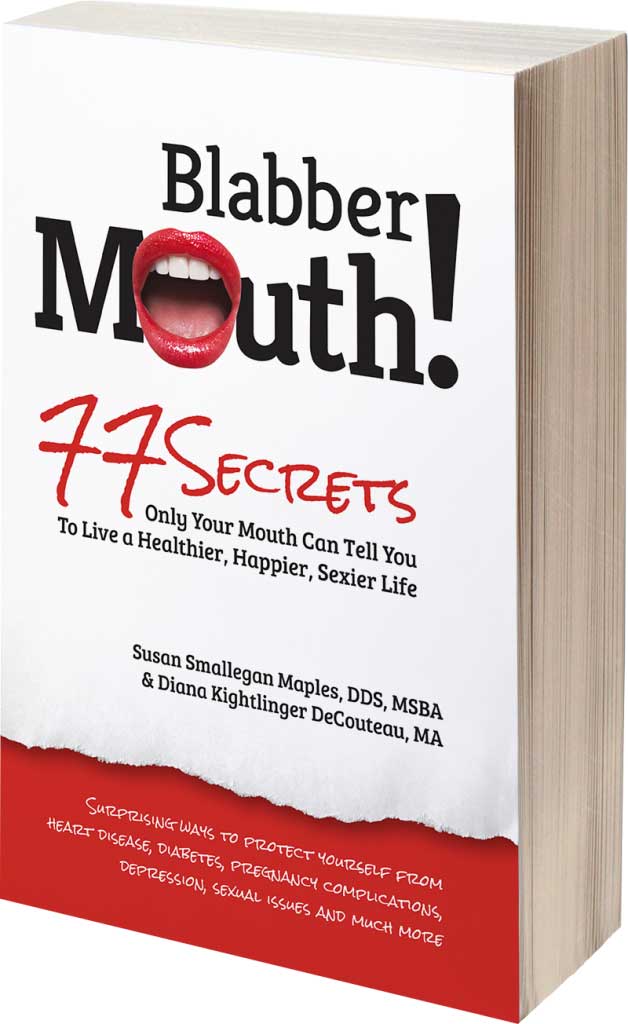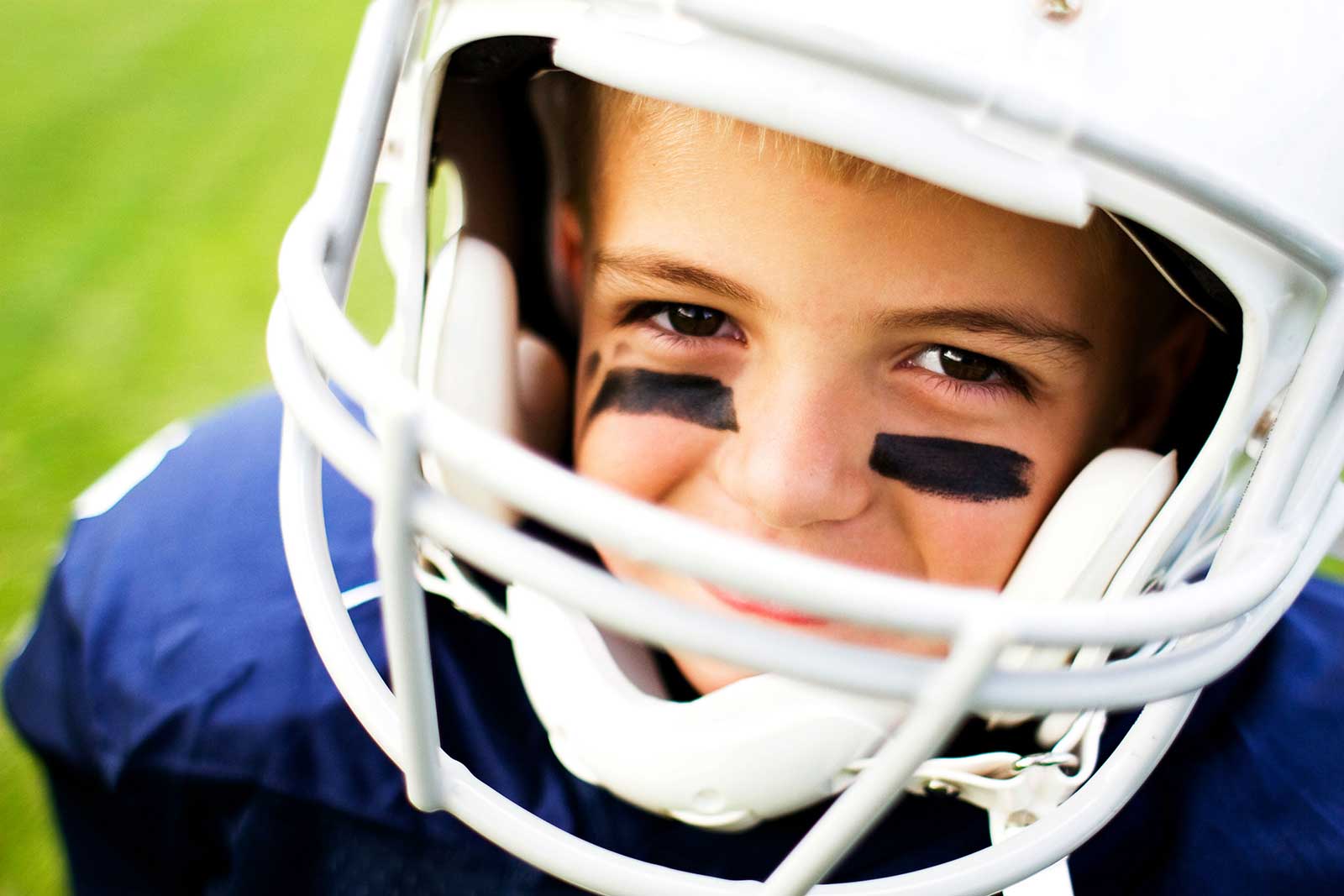Last week, our toaster oven caught on fire (!) – luckily, we keep fire extinguishers on every floor (my husband didn’t realize they left dust everywhere, leaving your house looking like a war zone – but worth it at any price). Safety tips are always great, and this guest article has some good ones to keep in mind. Thanks to Melissa Kay, from Kenney Manufacturing Company for these often overlooked safety traps and how to avoid them.
Each year in the U.S., more than 2,000 children under the age of 14 die as a result of a home injury, according to Safe Kids USA, a non-profit organization.
“Parents often underestimate their kids’ abilities and overestimate their intelligence,” says Chrissy Cianflone, Director of Program Operations at Safe Kids USA. “They think, my child’s too smart to do X and they often don’t realize how strong their kids are.”
There are so many things to think about as you safe-proof your home to protect small children that it’s easy to overlook important risks. Most people are aware of common safety measures like covering your electrical outlets, keeping your child away from hot stoves and watching them like a hawk as they bathe, but there are other dangers that don’t readily come to mind.
1) Cords from window treatments – According to the Consumer Product Safety Commission, one child a month between the ages of 7 months and 10 years dies from strangulation or is severely injured by near strangulation from the loose strings or cords on window blinds and shades. A window covering advertised as cord-less does not mean that it is truly cord-free.
2) Dressers and other tall furniture – Dressers are dangerous because they are heavy, not always well balanced and can be pulled over if a child tries to climb them. An unsteady toddler trying to climb doesn’t understand that a heavy object can topple. Invest in brackets found at home improvement stores or baby stores to anchor dressers, TVs and wall units. Keep heavier items on lower shelves or in lower drawers, and don’t keep remote controls or temptations like candy or toys on top of furniture.
3) Window screens – Never rely on a window screen to keep children safe from an open window. Screens are for keeping insects out, not for keeping kids in. Invest in heavier child-proof window screens. Don’t place furniture by a window, potentially creating a climbing opportunity and the associated risk.
4) Open medication containers – Be vigilant about your child’s safety away from home. A risky situation can exist when a child visits a grandparents’ home where pills may be left within their reach. Vitamins and OTC medications can be extremely dangerous to children. Remind family members and caretakers to buy pill bottles with child safety caps and keep all medicines and pills out of your child’s reach, preferably locked up. Editor’s Note: As a dog mom, I’d add that pet medications should also be kept out of reach, especially the sedatives we recently received to keep our puppy mellow after her spay. You can ask the pharmacist or vet to use child-proof pill containers at no extra charge.
5) Under the Kitchen Sink – More than 100 children ages 14 and under die each year from unintentional poisoning, according to Safe Kids USA. In addition to household cleaning supplies, pesticides, cosmetics, art supplies, paint products and alcohol are dangerous to children. To avoid accidental poisoning, store these products up high in locked cabinets. It is a good idea to install a safety latch to keep the doors to under the kitchen sink secured at all times.







Toaster Ovens can be very scary…I know ours caught fire a few weeks ago and I was distracted by the Grammys! The smoke alarm didnt go off quickly enough. I started setting a timer when I have something cooking in the toaster oven more than toast so that I can keep track of it better….it is easy to walk away and forget which can be very dangerous, so having the buzzer go off gives me good peace of mind.
Thanks for writing in, Melanie! Glad you caught it in time, even with Grammy music blaring! Does the smoke alarm need new batteries?
Interesting. I enjoy hearing about new hobbies and crafts, thank you.
Curtain cords are absolutley deadly.